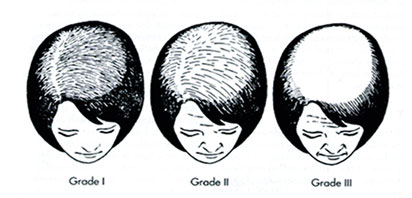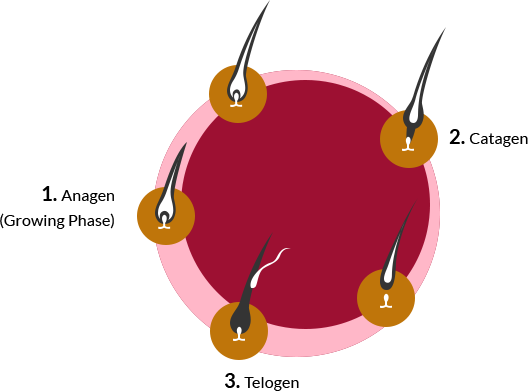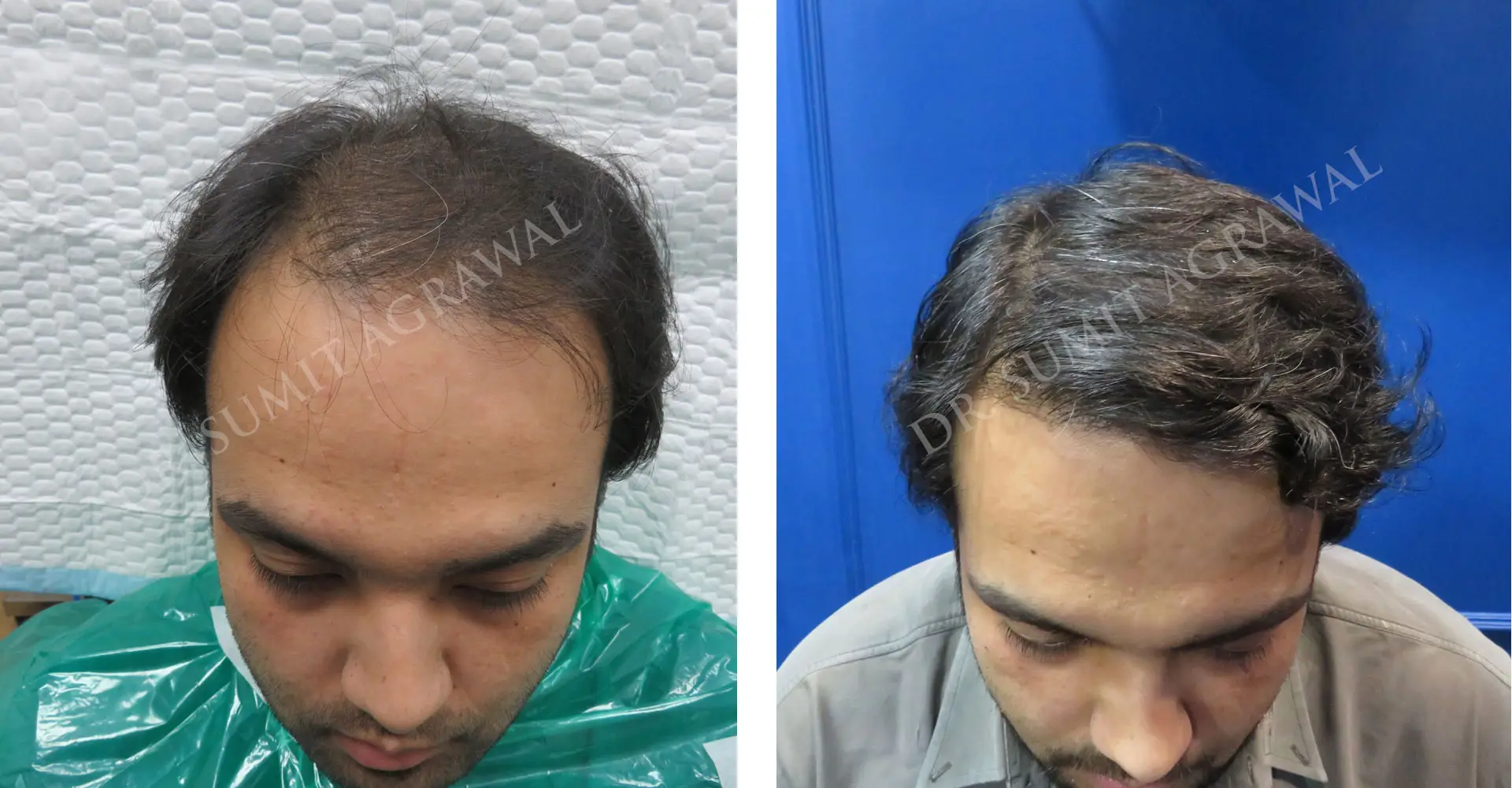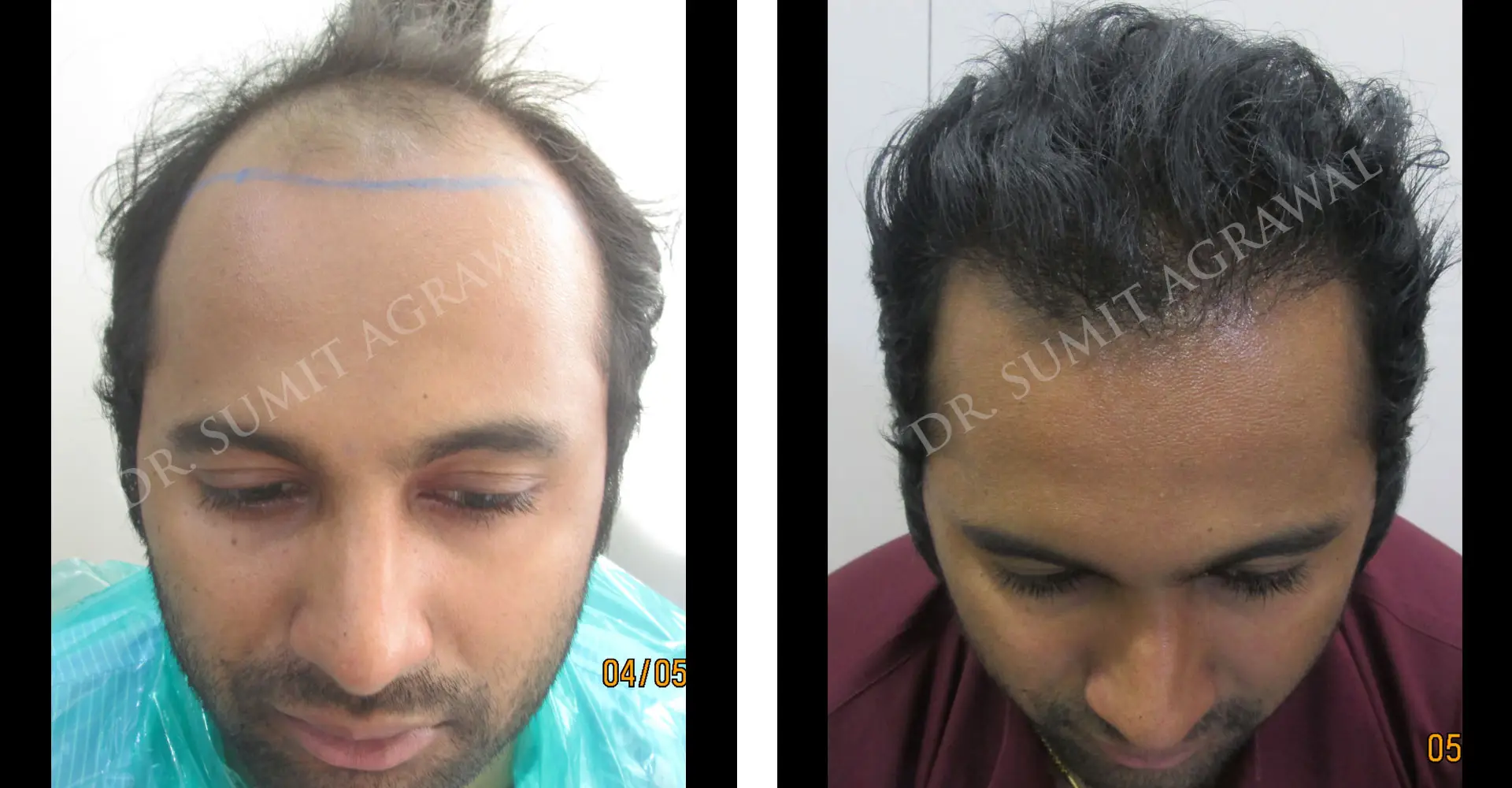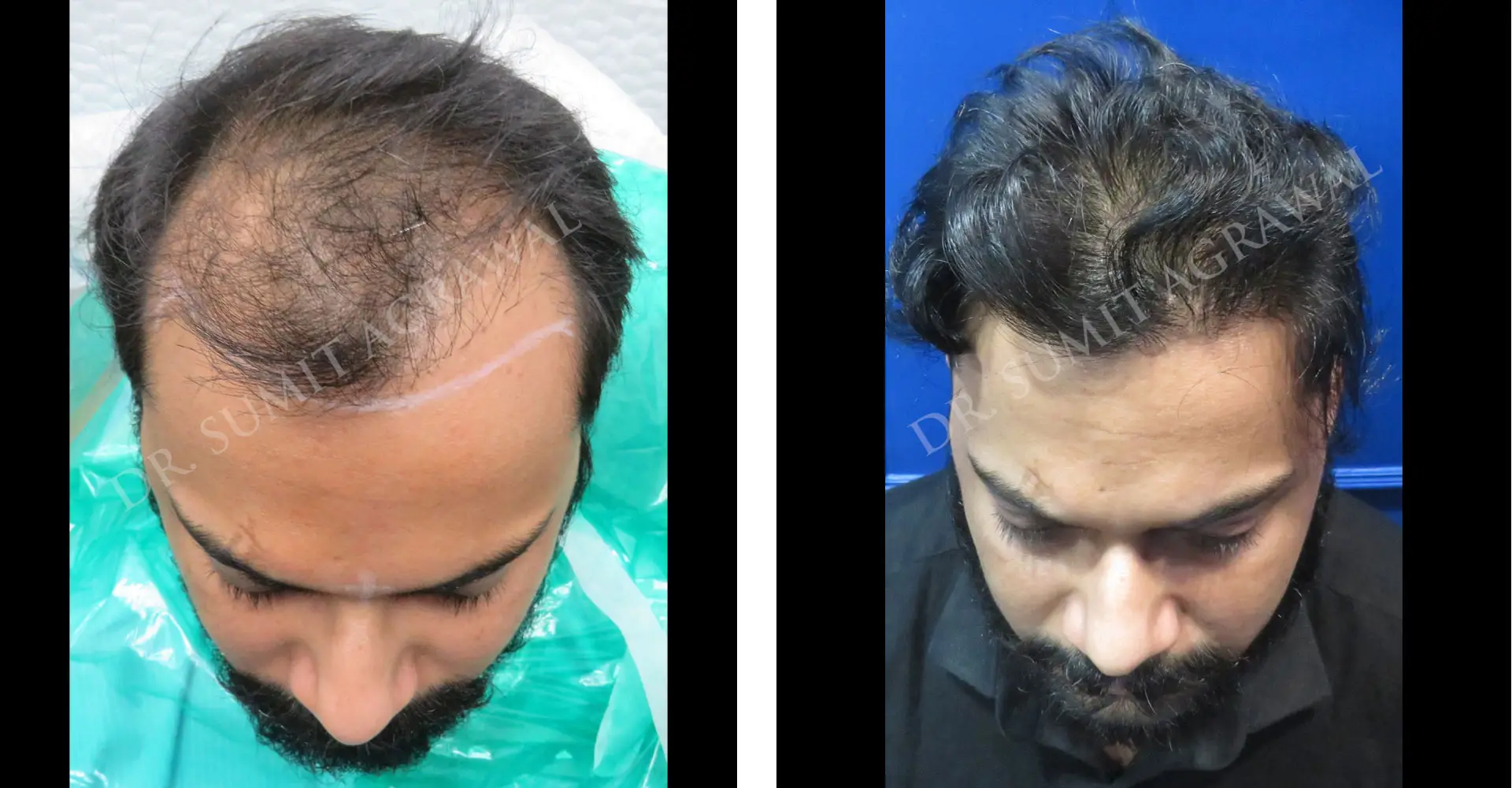Generally, in the majority of people, hair grows about a half-inch every month, and more than 90% of their hairs are effectively developing at any given moment. On the other hand, the remaining 10% is in an inactive phase. Following a few months, this inactive hair drops out and its follicles start developing new hair, while the other active follicles start to go into the inactive stage. Remember, hair loss is different from shedding hair. Hair loss is a condition in which a hair drops out and doesn't grow back again.
Humans regularly shed hair during stressful situations, for example, childbirth, failure in life, divorce and other emotionally overwhelming events. Quite often, many people confuse between shedding hair and hair loss.
Humans regularly shed hair during stressful situations, for example, childbirth, failure in life, divorce and other emotionally overwhelming events. Quite often, many people confuse between shedding hair and hair loss.
The medical term for hair loss is Alopecia, which isn’t limited only to scalp. In some cases, balding can be triggered over the entire body due to some illnesses and medications, but genetics account for most of the cases on the scalp.


